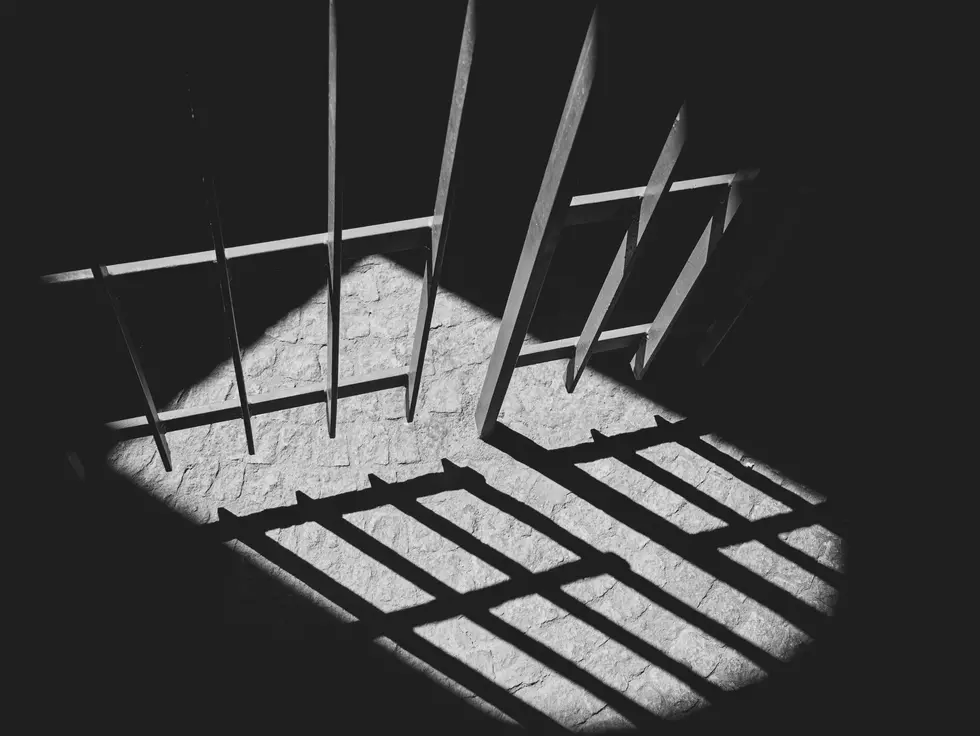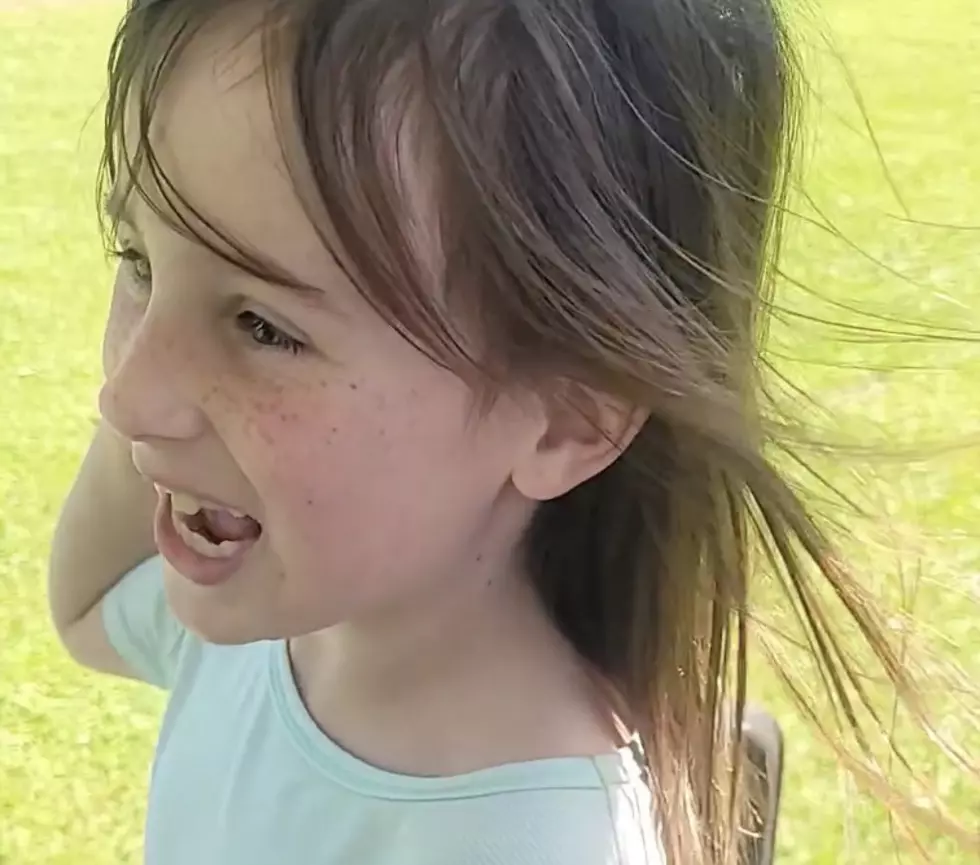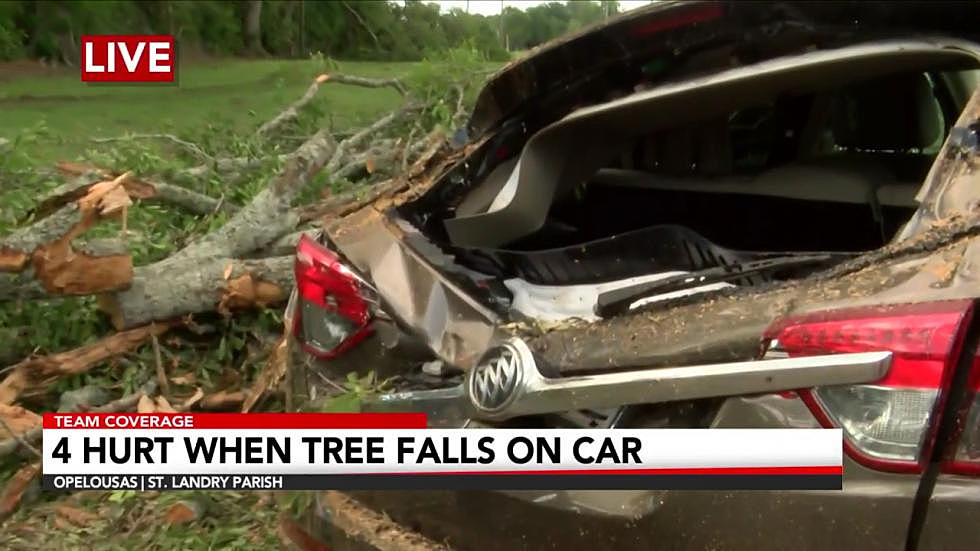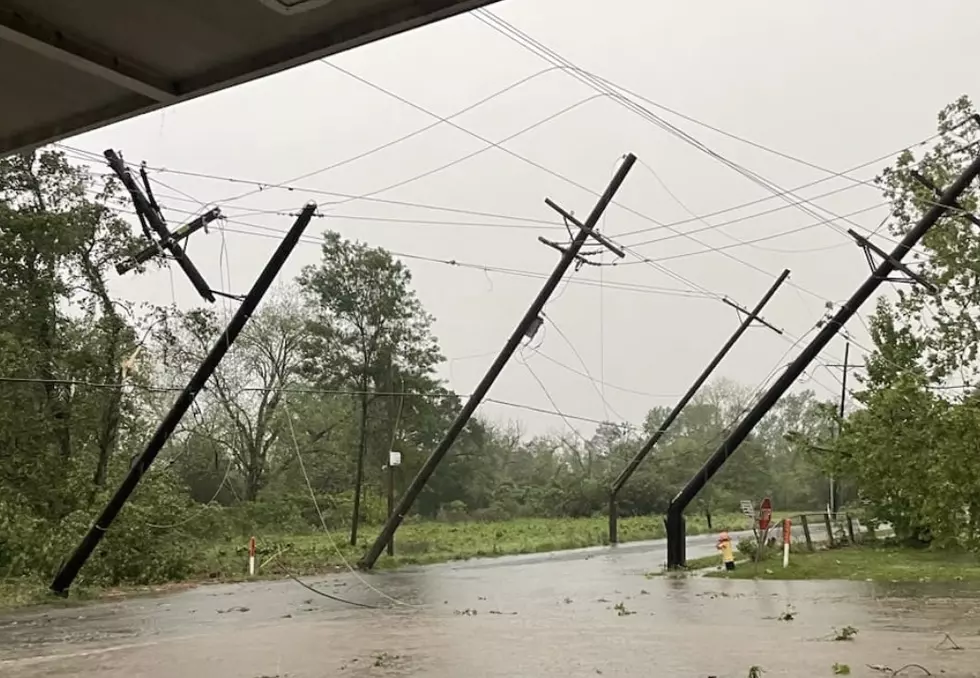
Why You Should Place A Quarter in A Frozen Cup Of Water During Freeze
You should do this as hard freezes approach Louisiana.
A few years ago Sheila Russell shared this tip on Facebook and it lives on. She notes that if you are expecting to lose power due to a hard freeze, you should place a quarter or any type of coin on top of a frozen cup of water, which is located in your freezer.
The reason for placing a coin on a frozen cup of water, well when you return home if you find the quarter has moved towards the bottom of the cup it's a sign you lost power and the contents in your freezer may be contaminated.
Basically, this "trick" can tell you whether or not your food is safe to eat or if it's not safe to eat.
I know a lot of people with camps or second homes that do this and you should consider doing this too if you are expecting a hard freeze in your area.
With ice possibly accumulating on power lines, there is always the threat of losing power are your home or camp, and this one simple "hack" could be a good indicator when you return.
Temperatures are expected to drop into the 20s in Acadiana for the next few nights, thus you should prepare for several hours of sub-freezing temperatures.
LOOK: See how much gasoline cost the year you started driving
Gallery Credit: Sophia Crisafulli
More From 99.9 KTDY









